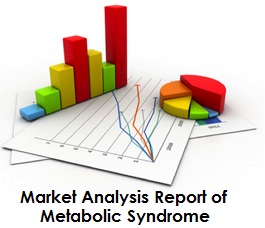
ASM Giasuddin
Medical Research Unit (MRU), Bangladesh
Title: Effects of Laparoscopic Cholecystectomy on lipid profile and lipoprotein (A) status in bangladeshi patients with cholelithiasis
Biography
Biography: ASM Giasuddin
Abstract
Objectives: As no studies were reported from Bangladesh, the present investigations were conducted on serum lipid profile, i.e. triglyceride TG), total cholesterol (TC), low density lipoprotein-cholesterol (LDL-C), high density lipoproteincholesterol (HDL-C) and lipoprotein (a) [Lp(a)] status in Bangladeshi patients with cholelithiasis and effects of laparoscopic cholecystectomy on them.
Patients & Methods: Adult patients (n=44) with cholelithiasis and normal controls (NC) (n=30) were included in the study. The blood samples were taken from fasting patients at diagnosis before cholecystectomy (Serum-I0), gall bladder bile during cholecystectomy (Bile- I0) and blood samples again after 2-3 months at follow-up (Serum-II0) and from fasting NC subjects.TG, TC, LDL-C and HDL-C were quantitated by standard methods and Lp(a) status by immunoturbidimetric method in serum and bile using research kits from reputed companies. The results were compared statistically by ANOVA, Student’s t-test and Chi-squared test using SPSS program.
Results: TG level was elevated in Serum- I0, Bile- I0 and Serum- II0 of patients, being highest in Bile- I0 compared to controls (NC) (p<0.001). TG level was reduced in serum -II0 after cholecystectomy compared to Serum- I0 and Bile- I0, although it remained significantly elevated compared to controls (NC) (p<0.001). TC level was elevated in Bile- I0 compared to Serum- I0 and Serum- II0 (p<0.001). Interestingly, TC was elevated in Serum- II0 after cholecystectomy, although no significant difference was observed between NC and patients Serum- I0 (p=0.835). LDL-C levels in NC, Serum- I0 and Serum- II0 were similar (p=0.126, p=0.121), although Serum-II0 levels was elevated compared to Serum- I0 (p<0.001) and it was much elevated in Bile- I0 (p<0.001). HDL-C levels were similar (p>0.05) among NC, Serum- I0 and Serum- II0, but it was higher in Bile- I0 significantly (p<0.001). Lp(a) (mg/dl) was much higher in patients compared to NC (Mean± SD: 29.07±14.17/NC, 290.84± 110.93/Serum-I0, 37.12±28.61/Bile-I0, 203.70± 90.13/ Serum-II0), (P< 0.001). Lp(a) was lowered after cholecystectomy, but remained elevated in patients Serum-II0 compared to NC significantly (P <0.001). No significant difference was observed for Lp(a) levels between NC and patients Bile-I0 (P = 0.173). The proportions of patients for Serum-I0, Bile-I0 and Serum-II0 with Lp(a) levels above and within normal limits and their statistical analyses showed significant associations (P<0.001)
Conclusion: Alterations in lipid profile and Lp(a) in cholelithiasis were significant but complex and laparoscopic cholecystectomy had profound effects on them indicating a special function of gall bladder relevant to their metabolism. The results were discussed accordingly.

